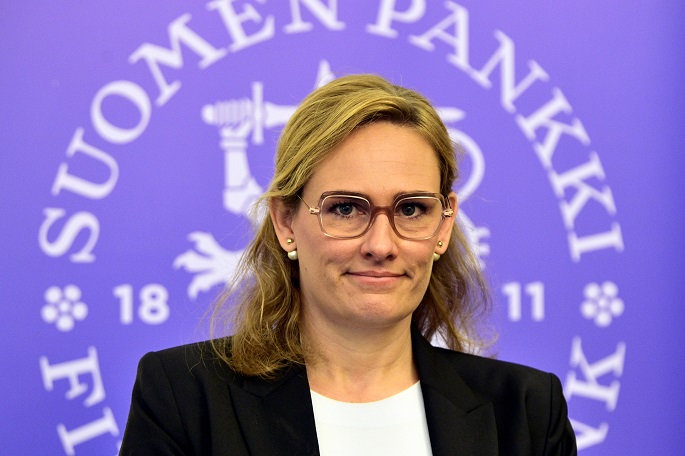3.5% growth forecast in 2021, 2.6% in 2022: Bank of Finland
Published : 18 Dec 2021, 00:34
Updated : 18 Dec 2021, 00:38
The Finnish economy will grow by 3.5% in 2021 and by 2.6% in 2022, according to the economic forecast for the period 2021–2024 published by The Bank of Finland on Friday.
Global disruptions in supply chains and in component availability, combined with high raw material prices, are blunting growth in the economy and driving inflation in Finland, as elsewhere.
Growth will slow to 1.3% by 2024, reflecting the muted longer-term growth potential associated with an ageing population.
“Consumption by households and a surge in investment by businesses will be the key drivers of growth. But the recovery is still uneven. The new virus variant in particular has quickly brought uncertainty to the economic outlook,” said Bank of Finland Head of Forecasting Meri Obstbaum.
Inflation has gathered pace during 2021. In Finland and around the world, prices have been pushed up by the strong recovery in demand and the concurrent supply chain bottlenecks. The rise in energy prices has also been widespread and substantial.
“The high crude oil price has fed through to consumers at the petrol pumps, and the rise in wholesale electricity prices has to a certain extent been passed on to consumer prices.Inflation will nevertheless slow during 2022, as energy prices are expected to start falling and supply bottlenecks to ease,” said Obstbaum, adding that even so, the inflation outlook continues to be surrounded by significant uncertainty.
Although the economic situation remains strong, structural aspects of the economy will limit potential growth. The rapid uplift in employment will level off after the most rapid phase of growth in the economy has passed.
“A shortage of suitable labour, making it hard to fill vacancies, is also holding back employment growth. Unemployment is still higher than before the pandemic, and for many it has become protracted. If the mismatch problems on the labour market become worse, an increase in job vacancies will not lead to a significant fall in unemployment,” Obstbaum added.
The COVID-19 crisis has given rise to an expanded level of debt in Finland’s public finances. The recovery in the economy will help to remedy the deficit, but the public finances will nevertheless still be in deficit at the end of the forecast period. The ratio of general government debt to GDP in 2024 will be distinctly higher than its pre-pandemic level. The amount of debt will also be swelled by defence procurement expenditure, among other things.
Growth in the economy will be affected by many unforeseeable factors. Growth could therefore be lower than forecast, particularly in the immediate years ahead. The biggest risks relate to a renewed deterioration in the pandemic. Significant new virus variants could emerge in the future, too. In addition, continued supply disruptions will bring further economic uncertainty and could have a considerable impact on the economy.
On the other hand, the economy might perform better than expected. As the caution due to the pandemic subsides, households could begin to spend the savings they have accrued during the pandemic to purchase goods and services. Corporate investment could also increase to a greater extent than anticipated.


